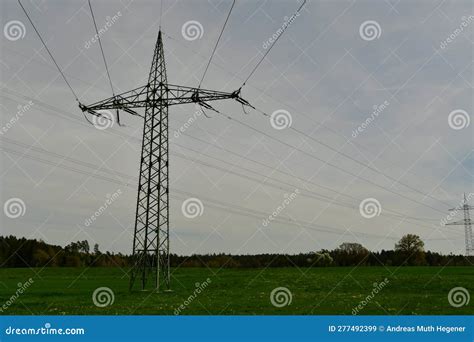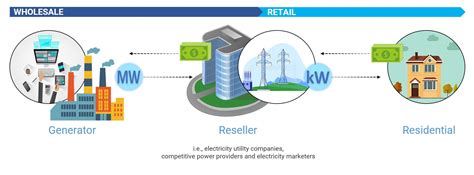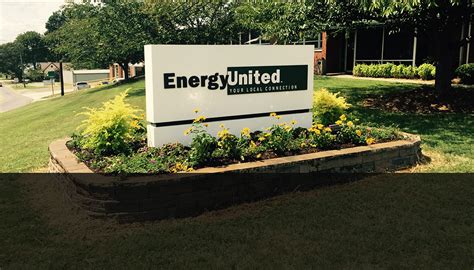High energy power lines, also known as high-voltage transmission lines, are a crucial component of the electrical grid, responsible for transporting large amounts of electricity over long distances from power plants to substations, and ultimately to consumers. These lines operate at voltages significantly higher than those used in residential or commercial settings, typically ranging from 115 kilovolts (kV) to 765 kV, with some lines reaching voltages as high as 1,200 kV. The primary purpose of high energy power lines is to efficiently transmit electricity with minimal loss of energy, ensuring a reliable supply of power to meet the increasing demands of modern society.
The history of high energy power lines dates back to the late 19th century, when the first alternating current (AC) systems were developed. Over the years, the technology has evolved to accommodate growing energy needs, with advancements in materials, design, and construction techniques. Today, high energy power lines are a ubiquitous feature of the landscape, with millions of miles of transmission lines crisscrossing the globe. Despite their importance, high energy power lines are often misunderstood, and their operation, benefits, and potential risks are not well understood by the general public.
Key Points
- High energy power lines operate at voltages between 115 kV and 765 kV, with some lines reaching 1,200 kV.
- The primary purpose of high energy power lines is to efficiently transmit electricity with minimal energy loss.
- High energy power lines are a critical component of the electrical grid, ensuring a reliable supply of power to meet growing energy demands.
- Advances in technology have improved the efficiency and safety of high energy power lines, but concerns about health and environmental impacts remain.
- Proper maintenance and operation of high energy power lines are essential to prevent power outages, equipment damage, and potential risks to human health and the environment.
Technical Aspects of High Energy Power Lines

High energy power lines are designed to operate at extremely high voltages, which requires specialized equipment and materials. The lines themselves are typically made of aluminum or steel, with insulators and towers designed to withstand the stresses of high-voltage operation. The transmission towers, often reaching heights of over 100 feet, are strategically placed to support the weight of the lines and ensure a stable and efficient transmission path. The lines are also equipped with surge arresters, circuit breakers, and other protective devices to prevent damage from lightning strikes, power surges, and other anomalies.
Line Losses and Efficiency
One of the primary challenges in designing and operating high energy power lines is minimizing energy losses during transmission. These losses, known as line losses, occur due to the resistance of the lines, as well as other factors such as corona discharge and electromagnetic induction. To mitigate these losses, power companies use a variety of techniques, including the use of high-temperature low-sag (HTLS) conductors, which can operate at higher temperatures than traditional conductors, reducing energy losses and increasing transmission efficiency.
| Transmission Line Type | Line Loss (%) |
|---|---|
| Traditional | 5-10% |
| HTLS | 2-5% |
| High-Voltage Direct Current (HVDC) | 1-3% |

Health and Environmental Concerns

Despite the importance of high energy power lines, concerns about their potential health and environmental impacts have been raised. Some studies have suggested a possible link between exposure to electromagnetic fields (EMFs) from high energy power lines and increased risk of certain health problems, such as cancer and neurological disorders. However, the scientific evidence is still limited and inconclusive, and many experts consider the risks to be negligible. Additionally, high energy power lines can have environmental impacts, such as habitat disruption and visual pollution, which must be carefully managed and mitigated through proper planning and design.
Risk Assessment and Mitigation
To address concerns about health and environmental impacts, power companies and regulatory agencies have implemented various measures to minimize risks. These include the use of shielding and grounding techniques to reduce EMF exposure, as well as the implementation of environmental impact assessments and mitigation strategies to minimize habitat disruption and visual pollution. Additionally, many countries have established strict guidelines and regulations for the construction and operation of high energy power lines, ensuring that they are designed and operated with safety and environmental responsibility in mind.
What are the potential health risks associated with high energy power lines?
+While some studies have suggested a possible link between exposure to EMFs from high energy power lines and increased risk of certain health problems, the scientific evidence is still limited and inconclusive, and many experts consider the risks to be negligible.
How are high energy power lines designed to minimize environmental impacts?
+High energy power lines are designed to minimize environmental impacts through the use of environmental impact assessments and mitigation strategies, such as shielding and grounding techniques to reduce EMF exposure, and careful planning and design to minimize habitat disruption and visual pollution.
What are the benefits of high energy power lines?
+High energy power lines are a critical component of the electrical grid, ensuring a reliable supply of power to meet growing energy demands. They also enable the efficient transmission of electricity over long distances, reducing energy losses and increasing transmission efficiency.
As the demand for electricity continues to grow, the importance of high energy power lines will only continue to increase. By understanding the technical aspects, benefits, and potential risks associated with these lines, we can work to ensure that they are designed and operated with safety, efficiency, and environmental responsibility in mind. Whether you are a concerned citizen, a power industry professional, or simply someone interested in learning more about the world around you, high energy power lines are an fascinating and complex topic that deserves attention and exploration.



